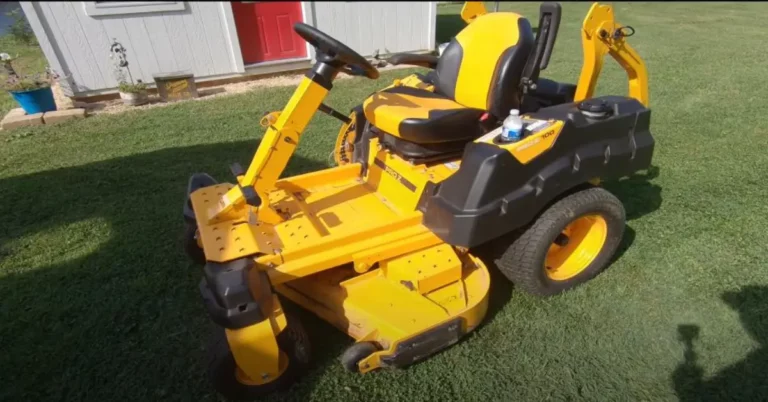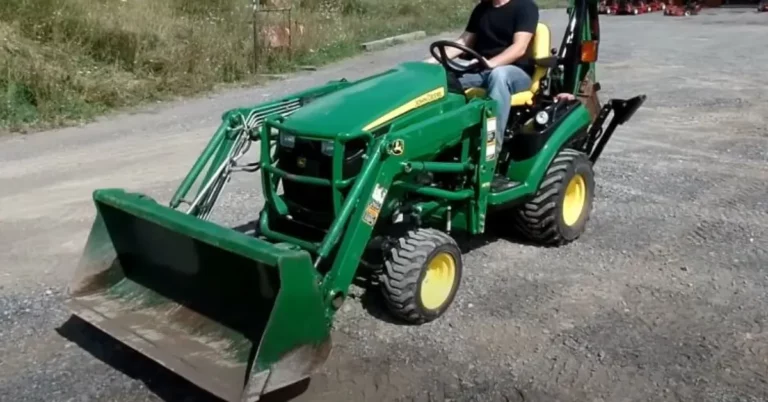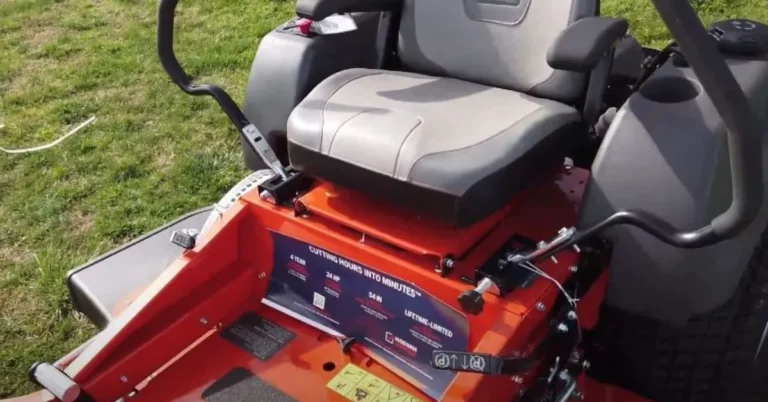How to Fix Briggs and Stratton Governor Problems?
Briggs and Stratton specialize in manufacturing some of the top-notch garden equipment.
Some of their notable products include snow blowers, garden tillers, and lawnmowers. All Briggs and Stratton products have one thing in common, i.e., engines use a governor.
Briggs and Stratton’s engines are robustly constructed and have a solid mechanical governor system. But sometimes, they can also malfunction due to certain reasons. These problems in the governor should be immediately fixed. Because, if unsolved, they adversely affect the product’s performance and life span.
However, most of the time, detecting and solving Briggs and Stratton governor problems becomes difficult. If you are also curious about them, then you are at the right place.
The following article enlists all the potential problems that may arise in the governor and how you can resolve them.
What is a Briggs and Stratton Governor System?
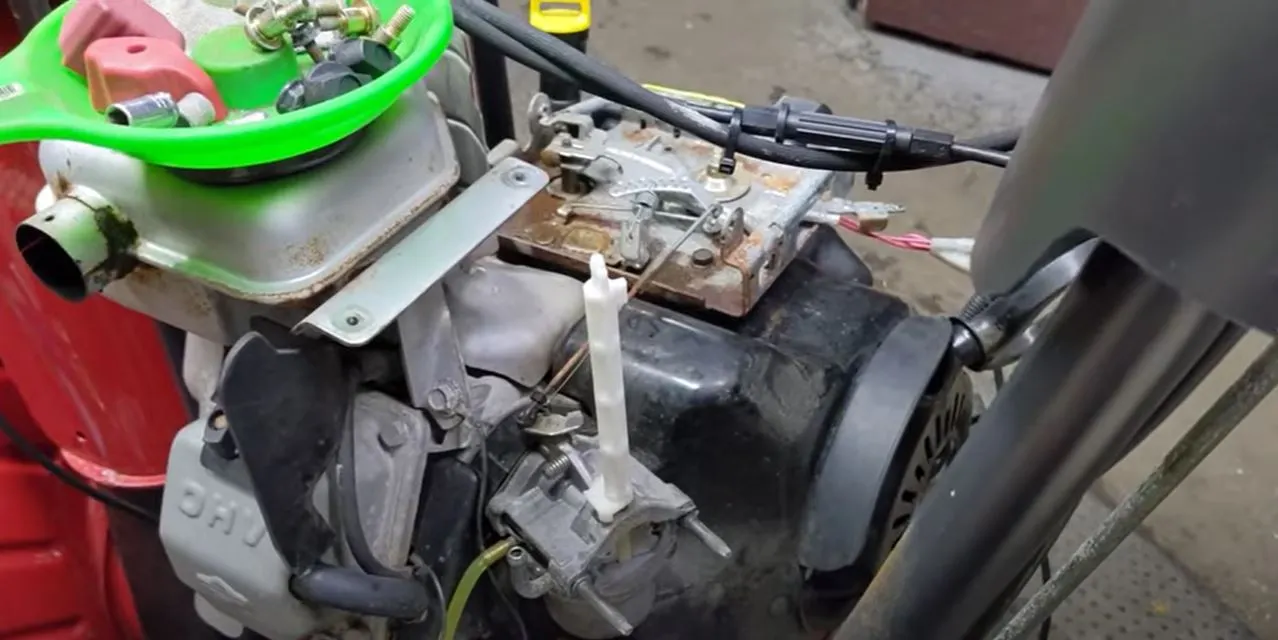
The governor system is a small but crucial part of Brigg and Stratton’s power engine. Owing to this component, the device runs at an optimal speed.
The governor resolves the terrain changes as it opens and closes the throttle to ignite or draw power from the engine.
The governor ensures that the engine works properly and its longevity by keeping it safe.
Also Read: Briggs and Stratton Oil Leak Problems
How to Know if Governor is Not Working Properly?
People using Briggs and Stratton products for the first time often get confused about determining whether the problem is related to the engine’s governor.
Since the governor controls the equipment’s engine, any malfunction would affect its speed. If you notice your equipment.
- Working too fast
- Working
Or
- There is outraged fuel consumption
It is likely that the governor is not working properly.
Briggs and Stratton Governor Problems and Their Solutions
The following table briefly overviews the Briggs and Stratton problems and their solutions.
| Briggs and Stratton Problems | Fixes and Solutions |
| Spring Issue | Check whether the spring is aptly connected. If it is damaged or broken, you must replace it. |
| Gear Issue | Over time, the governor’s gear can wear out. Inspect the gear for damage, tears, or cracks. If the gear is damaged, you must change it. |
| Shaft Lubrication | The shaft goes in freestyle motion when it is not appropriately lubricated. Therefore, lubricate the shaft according to the given guidelines. |
| Cylinder Issue | A faulty cylinder can also affect the governor’s performance. If the cylinder is irreparable, you will have to replace it. |
| Throttle Linkage Issue | Readjust the throttle |
| Cleaning Issue | Regularly clean the equipment |
You can look for the above-mentioned errors one by one in your equipment. Though there can be several reasons for the governor malfunctioning, these are the most common ones.
Once you finally detect the problem, you can resolve it using the corresponding solutions and adjustments.
It is evident that Briggs and Stratton’s governor problems are highly complicated. To resolve them, an in-depth analysis is crucial.
Therefore, I have detailedly scrutinized all the potential Briggs and Stratton governor problems and their adjustments below.
Problem 1: Governor’s Spring Needs Adjustment or Replacement
Most of the time, the governor system malfunctions due to the spring issue. Sometimes, the problem is that the spring is not aptly connected to the governor.
Push it a few times into the engine to maintain the connection between the governor and the spring.
However, the other times, the issue is that the spring is no longer suitable for use. The manual guide you receive with products clearly states that the spring requires replacement after a certain period.
But most people ignore this aspect and worry about why the governor is not working properly. You must check the spring from time to time and determine whether it is in proper condition.
If the spring is rusty, you can clean and lubricate it. But if the spring is cracked or deformed, you must immediately replace it.
Because the governor system may get permanently damaged if you continue using a faulty spring in the engine.
Problem 2: Gear Requires Inspection
Briggs and Stratton’s gears are mostly made of plastic. The material is not sturdy enough and can degenerate with time. If the governor’s gear gets damaged, it will make cracking sounds.
Thus, if you hear such sounds coming out of your device, inspect the gear. If the gear is damaged, you will need to replace it. But if it is not, you must clean it by removing the stuck debris.
Problem 3: Governor Shaft Needs Lubrication
There is a shaft attached to the governor that controls its movement. This shaft should run smoothly in between the engine without friction.
Sometimes due to overuse, the shaft may get super-dry or rusty.
As a result, it may not perform as it should, hampering the governor’s performance. To avoid this situation, you should lubricate the shaft when required.
Briggs and Stratton’s manual guide instructs when and how to lubricate the shaft. Follow these guidelines properly, which will help preserve the governor’s longevity.
Problem 4: The Cylinder is Worn-Out
Similarly, with time the device’s cylinder may become worn out. As its life span expires, it will start putting overload on the governor.
If only one coil is damaged, you can repair it and use the same cylinder. But if there are multiple issues, there is no other alternative than replacing the cylinder.
Problem 5: Throttle Linkage Issue
Sometimes the Briggs and Stratton governor problems may be related to the throttle linkage. In such a situation, you should push the throttle back and forth multiple times.
If this method does not work, you can take the throttle out and readjust it into the engine.
Now when you restart the device, you will notice an improvement in the governor’s performance.
Problem 6: The Engine is Not Timely Cleaned
If you don’t clean the engine regularly, the debris will accumulate in it with time. Thus, it is important to ensure the regular maintenance of the equipment so that cleaning issues don’t arise.
Also Read: Lawn Mower Engine Dies When PTO Is Engaged (5 Reasons)
Frequently Asked Questions (FAQs)
How to restart the governor?
You can restart the governor system by activating its solenoid at a speed less than the typical overrate.
The usual overrate for a governor is 120 volts. Therefore, you must run the solenoid less than this margin to restart the governor.
How to know whether the governor has gone bad?
The governor won’t be able to take pressure from the engine if it has gone bad.
What are the symptoms of a broken governor?
A broken governor will not be able to run at an optimal speed. Moreover, its response to load and pressure will become diminished and incorrect.
Conclusion
Solving Briggs and Stratton problems may seem complicated at first. But when you know the root cause of the problem, it becomes easier to resolve them.
However, if you cannot unveil the main problem, you must visit a professional technician. Don’t experiment on your own in such a situation, as it will only damage the device.

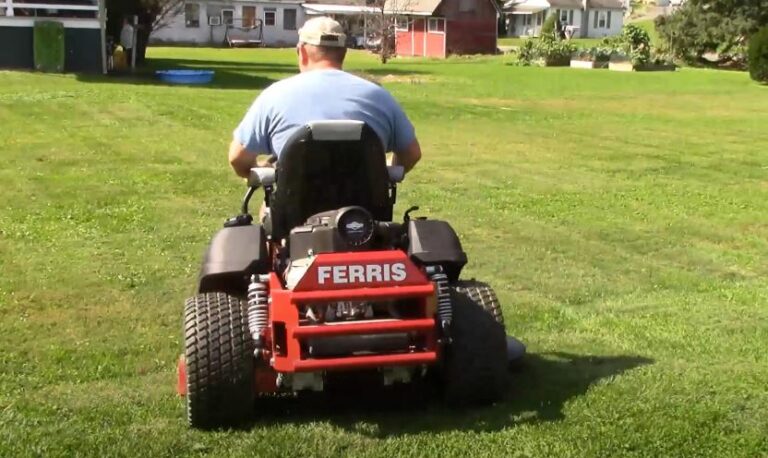
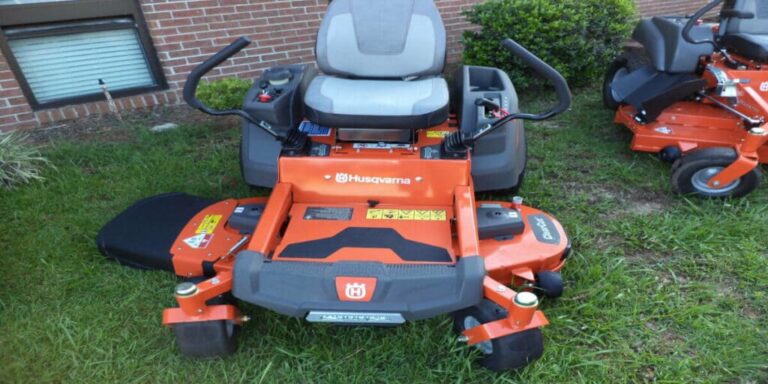
![7 Common Simplicity Zero Turn Mower Problems [Fixed]](https://yardcurator.com/wp-content/uploads/2023/06/10-Common-Simplicity-Zero-Turn-Mower-Electrical-Problems-768x402.webp)
